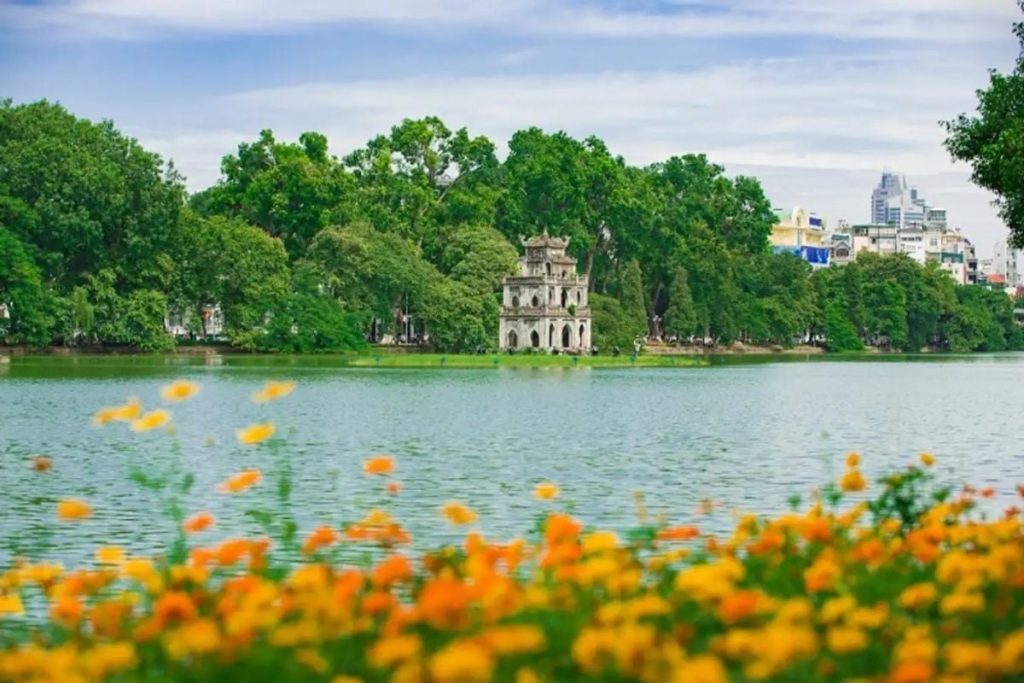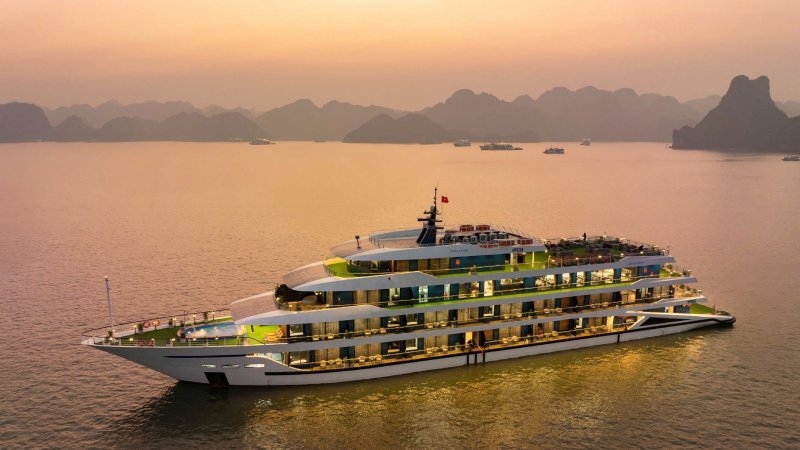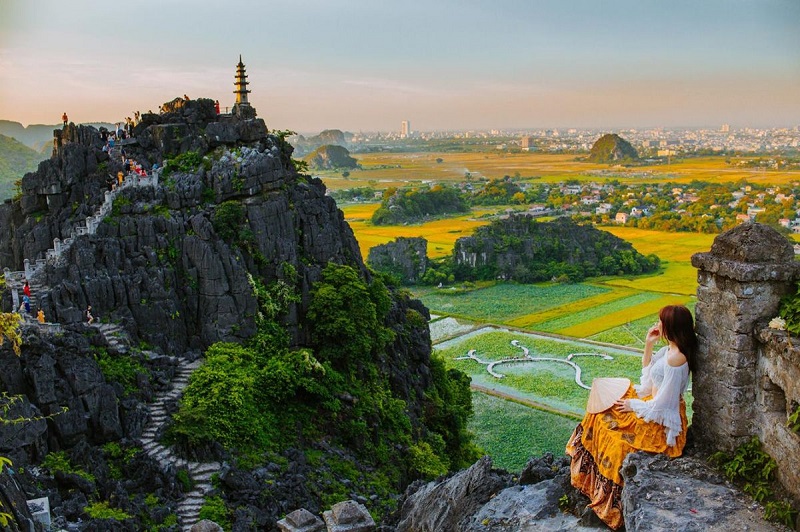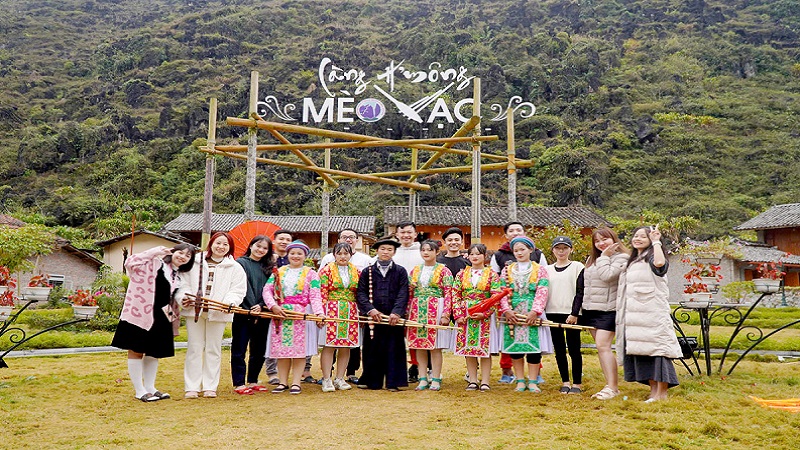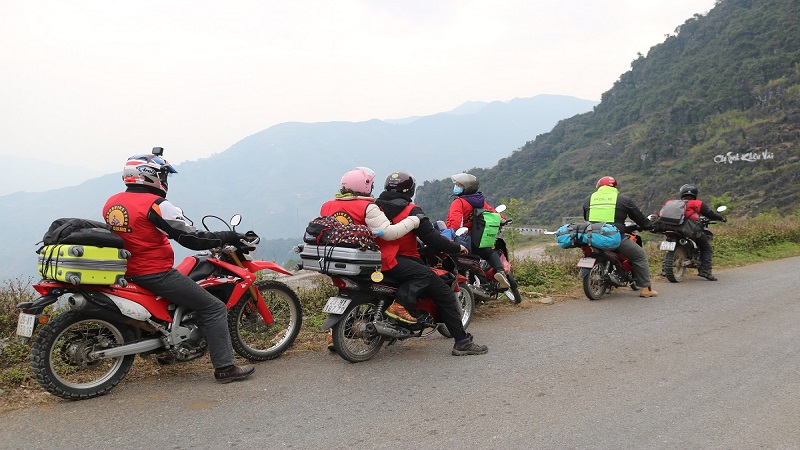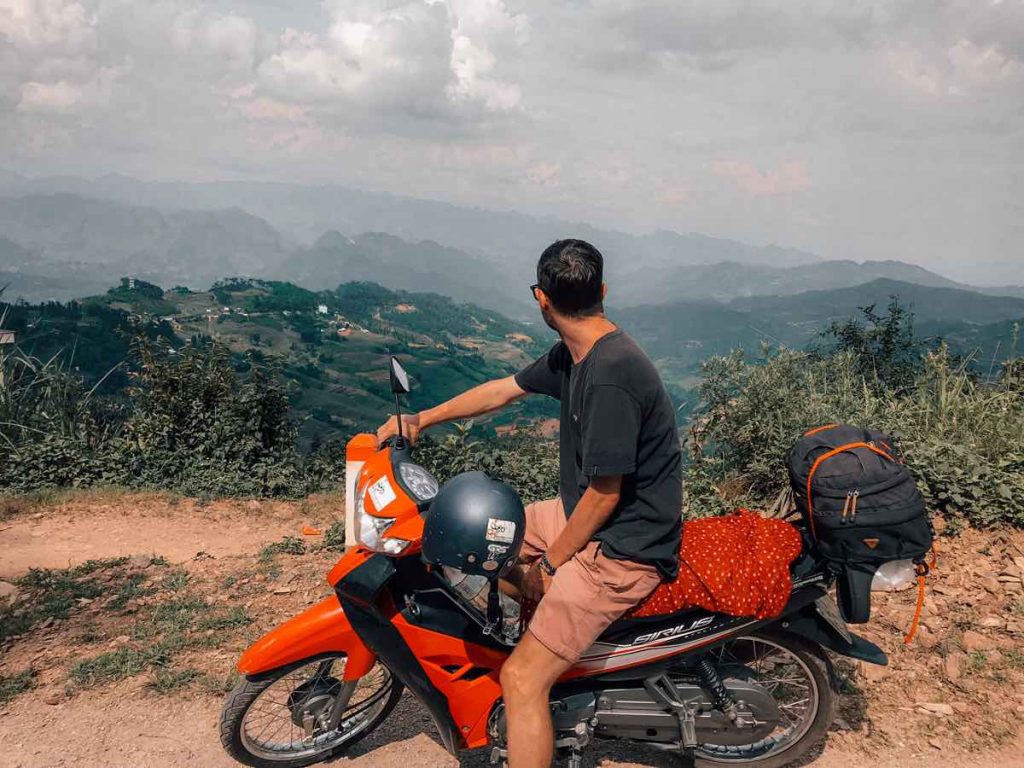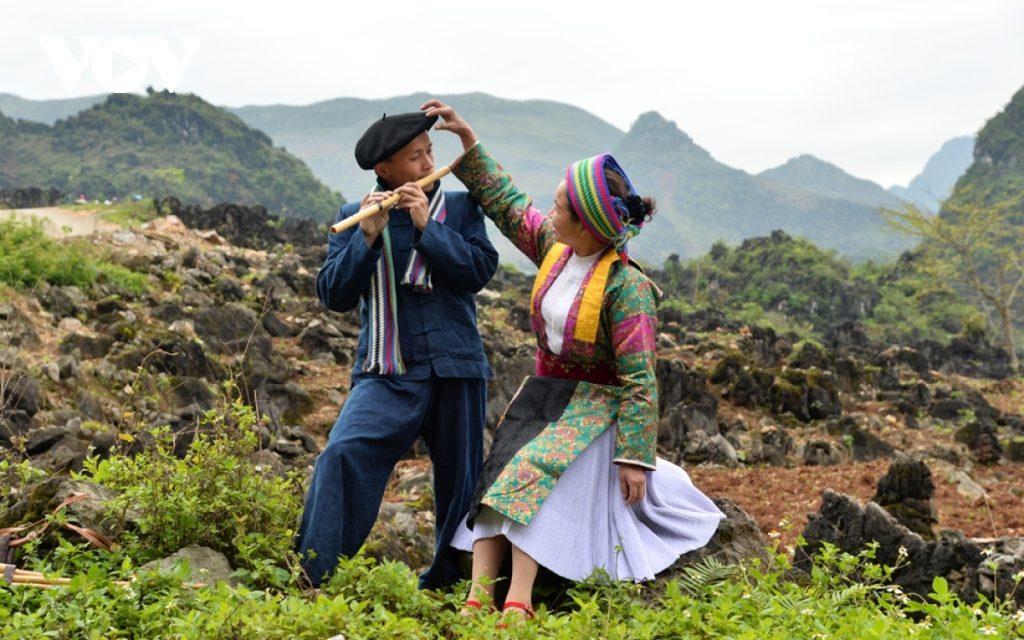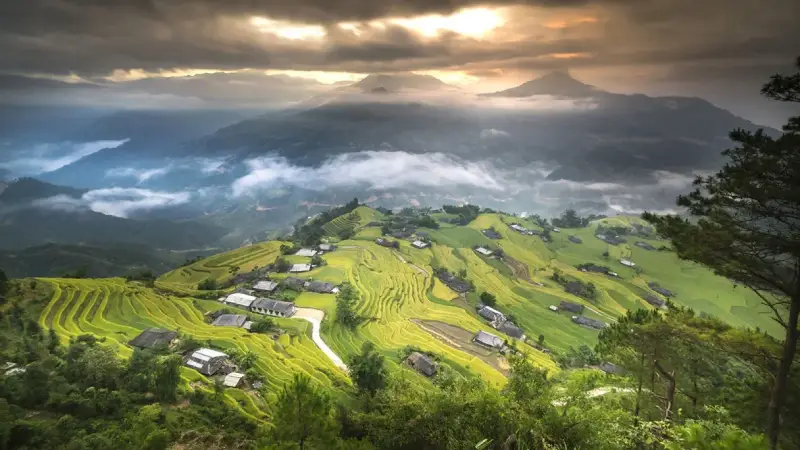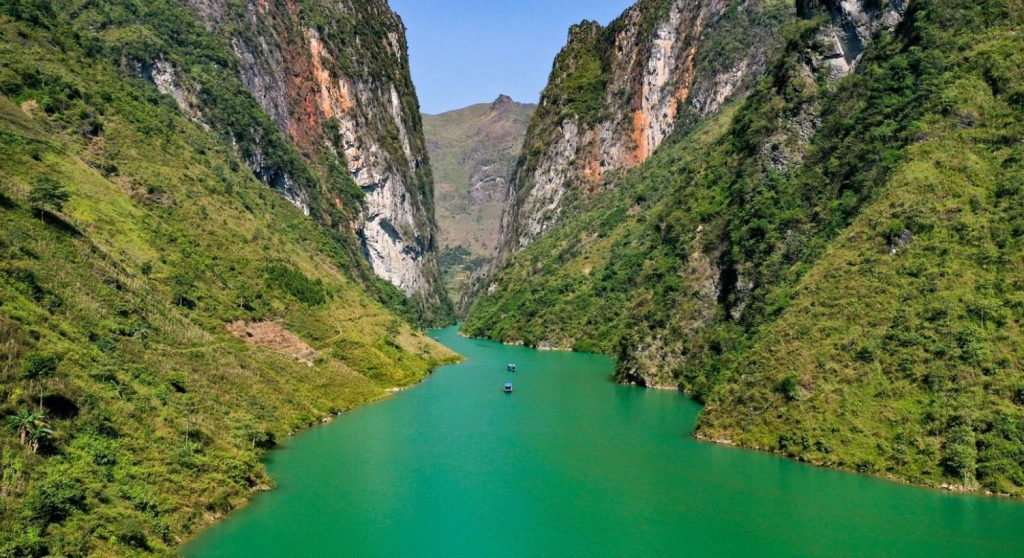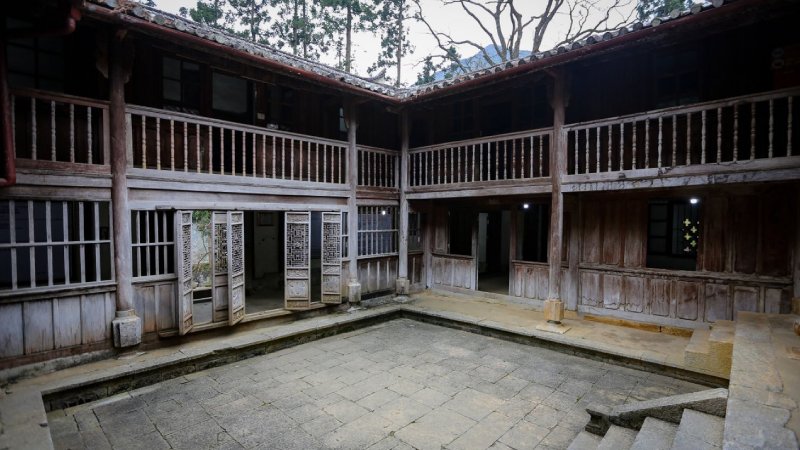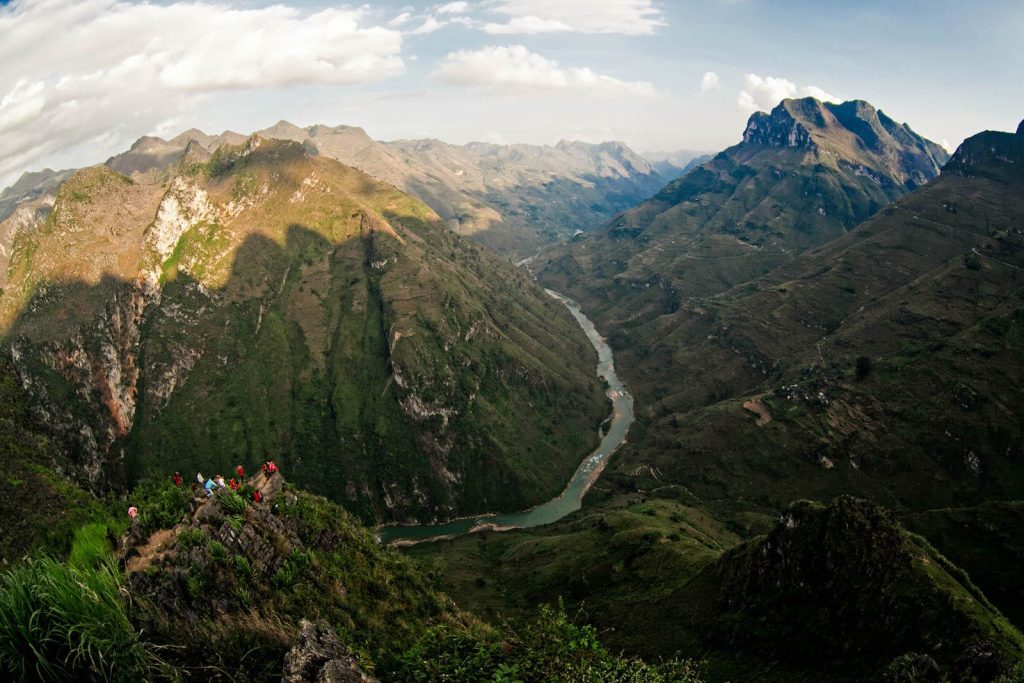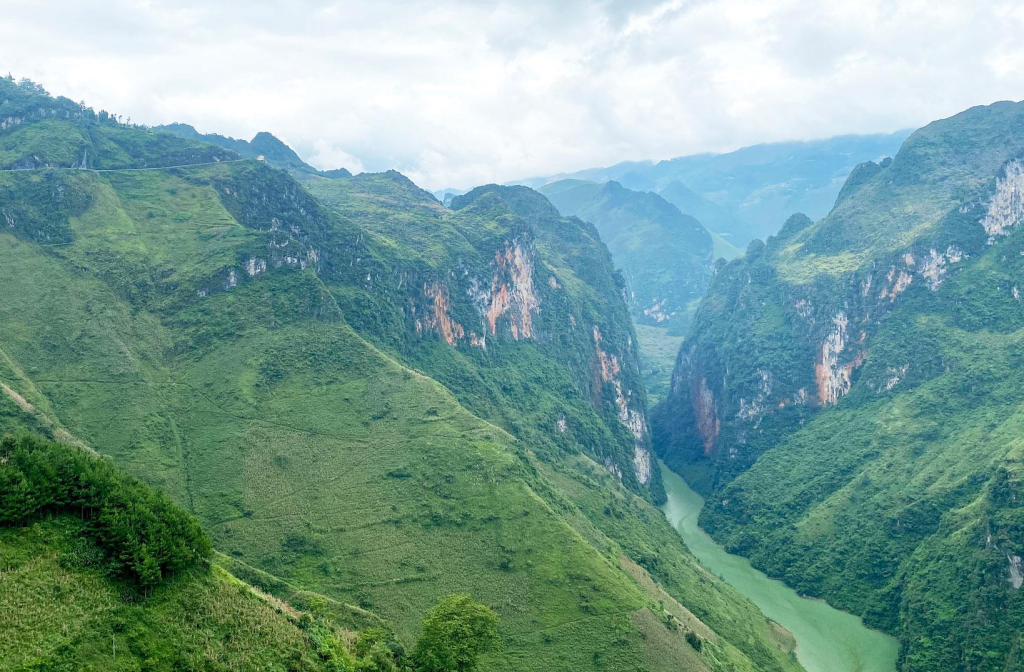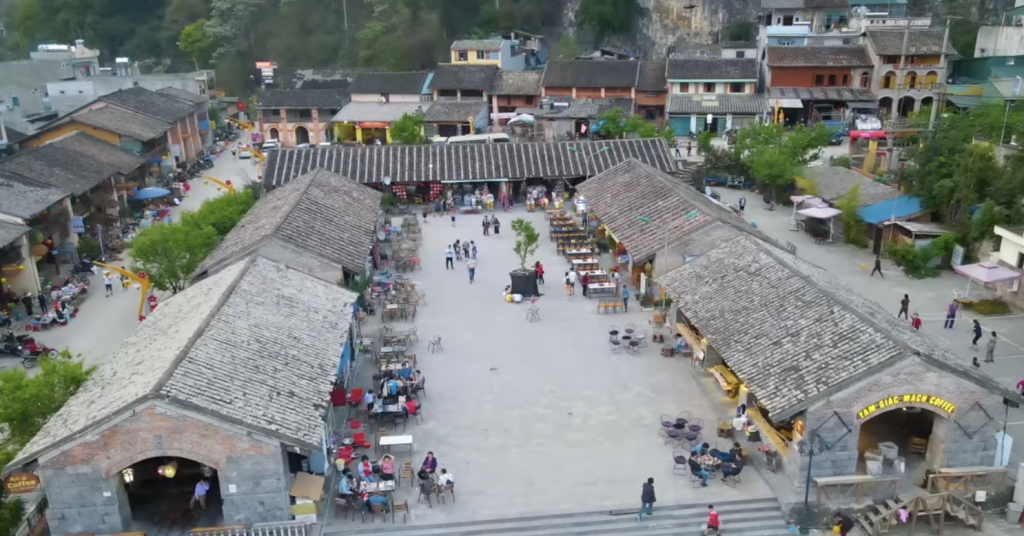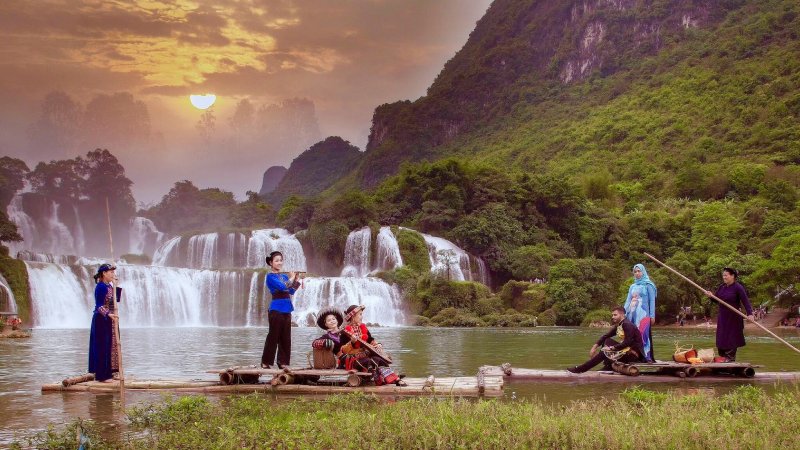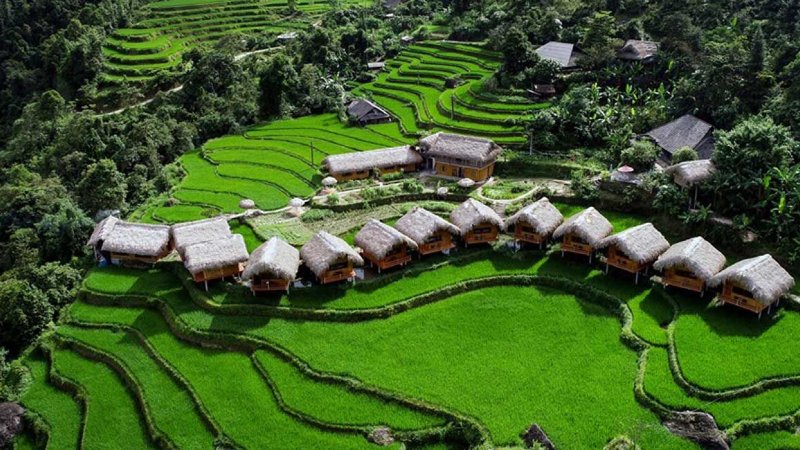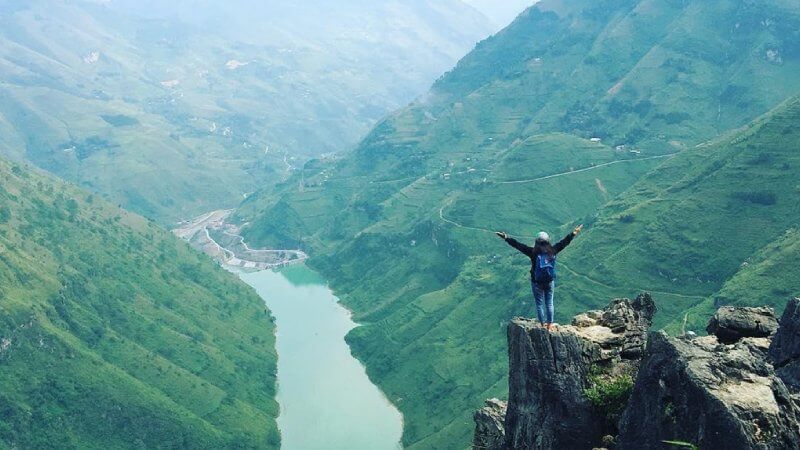I. Introduction
Nestled in the heart of Vietnam, Phong Nha-Ke Bang National Park is a UNESCO World Heritage site renowned for its breathtaking landscapes, diverse ecosystems, and incredible cave systems. Covering an area of over 1,000 square kilometers, this national park is a haven for adventure seekers, nature lovers, and cultural enthusiasts alike. In this blog post, we will delve into the wonders of Phong Nha-Ke Bang, exploring its unique attractions, practical travel tips, and the rich biodiversity that makes it a must-visit destination in Vietnam.
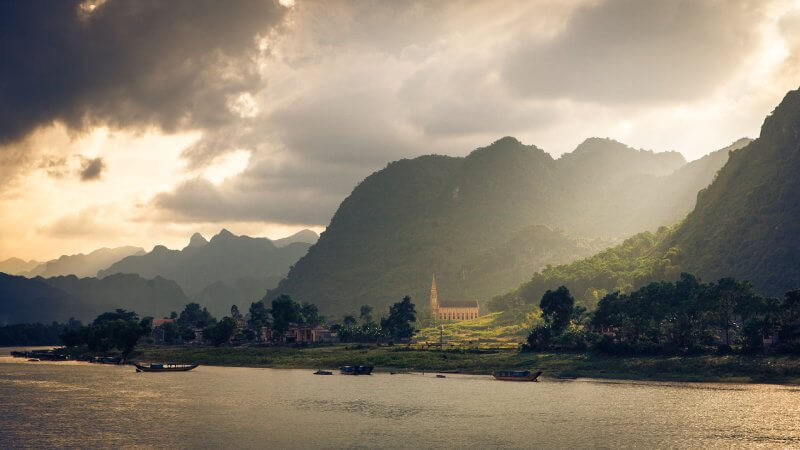
II. A Brief Overview of Phong Nha-Ke Bang National Park
History and significance
Phong Nha-Ke Bang National Park is located in Quang Binh Province and was established in 2001. It is part of the Annamite Range, which has been shaped by millions of years of geological activity. The park’s remarkable karst landscape features limestone mountains, deep valleys, and extensive cave systems, making it a unique geological site. In 2003, it was recognized as a UNESCO World Heritage site for its outstanding universal value.
Biodiversity and ecosystems
The park is home to an astounding variety of flora and fauna. With over 1,400 plant species and numerous endemic animal species, Phong Nha-Ke Bang National Park plays a crucial role in preserving Vietnam’s natural heritage. Visitors may encounter species like the critically endangered Saola, various primates, and a multitude of bird species. The park’s diverse ecosystems range from tropical forests to freshwater lakes, offering a rich habitat for wildlife.
III. Main attractions in Phong Nha-Ke Bang National Park
1. The caves of Phong Nha
One of the main draws of Phong Nha-Ke Bang National Park is its impressive cave systems. The park boasts some of the largest and most spectacular caves in the world, including:
- Phong Nha Cave: Accessible by boat, this cave features stunning stalactites and stalagmites and stretches over 7,729 meters long. It was the first cave in Vietnam to be discovered and opened to tourists.
- Paradise Cave (Thien Duong Cave): Known as the “Longest Cave in Asia,” Paradise Cave extends more than 31 kilometers. Visitors can explore the first kilometer of the cave, which showcases breathtaking formations and an otherworldly atmosphere.
- Son Doong Cave: The largest cave in the world, Son Doong, is a true marvel of nature. Though access is limited and requires a guided tour, those fortunate enough to visit will experience an ecosystem complete with its own river and jungle.
2. Adventure activities
For thrill-seekers, Phong Nha-Ke Bang National Park offers a plethora of adventure activities:
- Caving Tours: Explore various caves through guided tours that range from easy to challenging levels. This is an ideal way to appreciate the park’s stunning geology.
- Trekking: The park offers numerous trekking routes that allow visitors to immerse themselves in the lush landscapes and spot unique wildlife. The treks vary in difficulty, catering to different fitness levels.
- Kayaking: Paddle through the serene waters of the rivers in the park, surrounded by limestone cliffs and lush vegetation. This is a fantastic way to appreciate the park’s beauty from a different perspective.
3. Cultural experiences
In addition to its natural wonders, Phong Nha-Ke Bang National Park is also rich in culture. Visitors can engage with local communities, including the ethnic minority groups that inhabit the region. Cultural experiences may include:
- Homestays: Stay with local families to gain insights into their traditions, customs, and daily life. This offers a unique perspective and a chance to taste authentic Vietnamese cuisine.
- Traditional festivals: Time your visit to coincide with local festivals, where you can witness traditional music, dance, and ceremonies.
IV. Practical travel tips for visiting Phong Nha-Ke Bang National Park
1. Best time to visit
The ideal time to explore Phong Nha-Ke Bang National Park is from April to August when the weather is dry and conducive to outdoor activities. However, visiting during the rainy season (September to December) can also be rewarding, as the landscapes are lush, but be prepared for possible flooding and cave closures.
2. How to get there
To reach Phong Nha-Ke Bang National Park, the nearest major city is Dong Hoi. You can fly into Dong Hoi Airport or take a train or bus from major cities like Hanoi or Hue. From Dong Hoi, you can hire a taxi or take a local bus to the park.
3. Accommodation options
There are various accommodation choices available near Phong Nha-Ke Bang National Park, ranging from budget hostels to mid-range hotels and luxury resorts. For a more immersive experience, consider staying in a homestay with a local family.
4. Entrance fees and regulations
Entry to Phong Nha-Ke Bang National Park typically requires a small fee, which contributes to conservation efforts. It’s essential to respect the park’s regulations, including staying on marked trails and not disturbing wildlife.
Conclusion
Phong Nha-Ke Bang National Park is a treasure trove of natural beauty, adventure, and cultural richness. Whether you are an avid adventurer eager to explore the depths of its famous caves or a nature lover wishing to experience its diverse ecosystems, the park offers something for everyone. By planning your visit thoughtfully, you can make the most of this enchanting destination and contribute to its preservation for future generations. So pack your bags, grab your camera, and get ready to embark on an unforgettable journey through one of Vietnam’s most stunning landscapes.
By the way, a new beautiful place called Ha Giang loop which is very interesting, check this out: https://www.getyourguide.com/hanoi-l205/from-hanoi-3-day-ha-giang-loop-small-group-t739208
For Lan Ha Bay & Halong Bay trip, check this out: https://www.getyourguide.com/ha-long-l119790/from-ha-noi-2-day-lan-ha-ha-long-bay-5star-with-balcony-t739040/
Or https://www.tripadvisor.com/AttractionProductReview-g3737857-d28097153-Lan_Ha_Bay_Ha_Long_Bay_5_Stars_Private_balcony_2_days_trip-Tuan_Chau_Island_Halon.html

